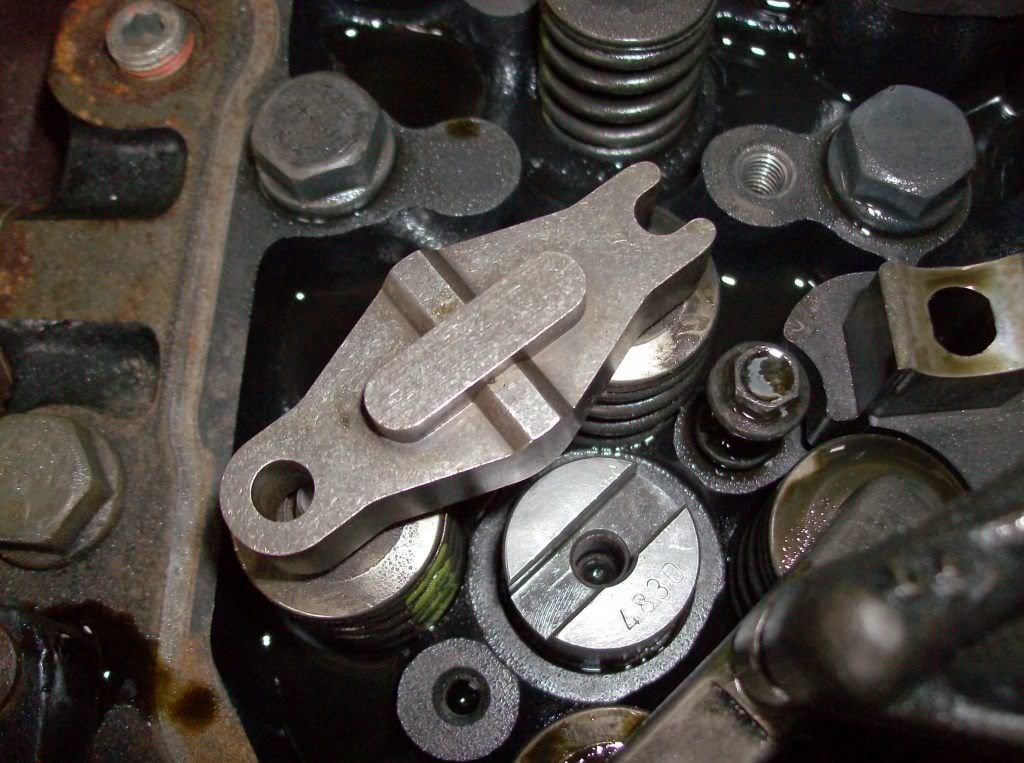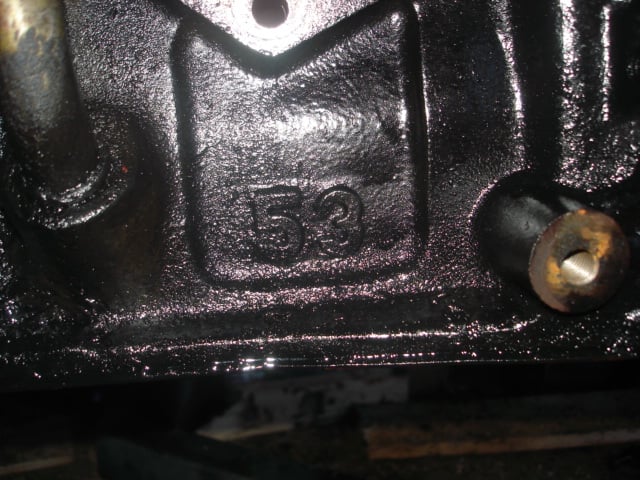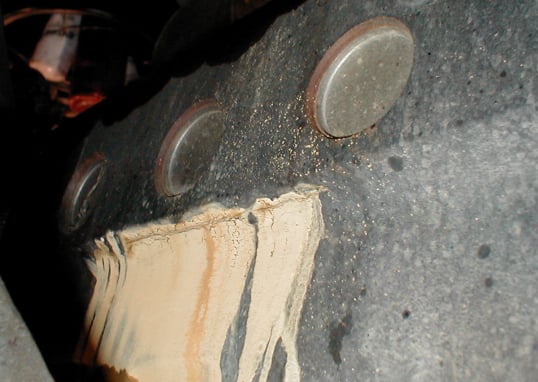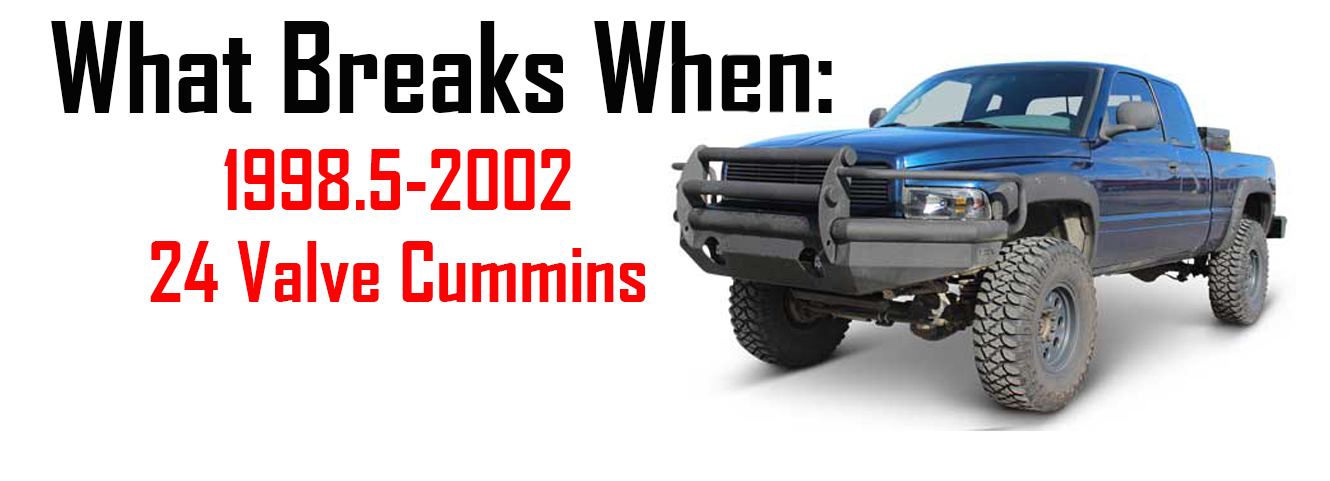Written By: Lawrence “LT” Tolman
From 1989 until 1998, the Dodge Ram pickups powered by the 5.9-liter Cummins 12-valve engine had a mechanical injection pump. The VE and P7100 trucks were simple to work on, very reliable, and with a few simple tweaks to the pump, could deliver a huge increase in power over stock. However, just like the typewriter, there would come a day when the older mechanical technology would be phased out in favor of a newer, electronic alternative. For Cummins, that day happened midway through the 1998 model year when the last P7100 12-valve trucks rolled off the assembly line. In place of the P-pump was a new, electronically controlled injection pump from Bosch called the VP44, and the cylinder head now contained twice as many valves as before, giving the 1998.5 to 2002 Cummins ISB its nickname, the 24-valve.
What’s the Difference?
The most powerful 12-valve in a pickup truck application was rated at 215hp and 440 pounds of torque. For its first year, the automatic transmission version of the 24-valve was rated at the same amount of power and slightly less torque, but if you purchased a manual transmission truck, you got a little more oomph. By 2002, if you chose the High Output manual transmission version of the engine, you’d have 245hp and 505 pounds of torque at your disposal. It’s interesting to note the standard output 24-valve had a compression ratio of 16.3:1, but the HO (high output) versions were quite a bit higher at 17.2:1. The combination of the higher compression and a slightly modified calibration is what was responsible for the increase in power, although the difference between the SO and HO engines was only 10hp and 45 pounds of torque.
Rather than a clean sheet re-design, the 24-valve is just an evolution of the 12-valve that preceded it. The new engine shared the same displacement, pretty much the same block, rotating assembly, front accessory drive, and more. The key differences were in the cylinder head and injection pump. By using a pair of smaller valves instead of a larger single valve, the exhaust and intake ports could flow more total air into and out of the combustion chamber which means better power and torque throughout the entire RPM range. Since the engine is so similar to earlier models, the camshaft only had one intake and exhaust lobe per cylinder. On top of each lobe was a single flat tappet, one pushrod, and a single rocker arm. The main difference in valvetrain of the 24-valve was the addition of a rocker bridge which allowed one rocker to actuate two valves at the same time.

While the VP44 physically resembled the VE pump from about 10 years earlier, the VP44 featured all electronic controls for fueling. This was a breath of fresh air for speed junkies because to add power, all you had to do was modify the calibration in the computer, instead of opening your toolbox to swap fuel plates or governor springs. So far, it seems like the 24-valve is a rock solid powerplant, but if you’ve been reading this series lately, you know what’s coming up next. So, this week, we ask and answer the question, what breaks on the 24-valve Cummins?
Pump Problems
The mechanical systems on the 24-valve are nearly bulletproof, and the VP44 is a great pump. However, the injection pump is very picky about its fuel supply. Normally, it expects a constant flow of fuel between 10 and 15 PSI, and as long as it gets what it wants, the pump will last for a very long time. However, it’s very critical that it receives adequate fuel volume and pressure at all times, since the pump also relies on the diesel fuel flowing through it to provide lubrication for its internal moving parts. The one major killer of the VP44 is actually the stock lift pump. Dodge fitted a small electric fuel pump onto the side of the engine block to bring fuel from the tank to the injection pump, but they were notoriously unreliable and failed quite often. This was partly due to the fact they were bolted to the side of a massive, vibrating, hot chunk of iron, and partly because by the long-distance fuel had to travel under suction.
Once the lift pump starts to fail, the injection pump is starved of lubrication and will soon be dead as well. Sometimes you have no warning, and other times you can run the truck for several months until the VP completely dies. Signs of a failing pump can include a loss of power, a miss which might clear up with throttle, a “dead pedal” or a check engine light with a P0216 code. When you see these symptoms, you already know you’re going to need to replace the pump, but the logical question becomes: how can you prevent a VP failure from happening in the first place?
Install A Fuel Pressure Gauge
The very first modification you should do upon purchasing a VP powered truck is to install a gauge to monitor how much pressure the lift pump is supplying. This way, if (or when) the stock lift pump is going out and the pressure drops below 10psi, you can immediately be aware of the problem and replace the lift pump, which will prevent the VP44 from failing.
While you’re working on your truck to install the gauge, you might as well install a pyrometer and boost gauge at the same time with a build your own gauge package from ISSPRO. It can be configured with the exact combination of gauges and a mounting solution that fits your truck and styling, whether you want to see trans temp, fuel pressure, a pyrometer, or the boost gauge, and you can find several different ways to mount your gauges as well.
More Reliable Lift Pump
Since most of the failed VP44’s can be blamed on a faulty lift pump, it would be the literal definition of insanity to keep replacing stock lift pumps and hoping you find a good one which will last. As such, the very second modification you should do to any 24-valve truck is to install a better lift pump. The most cost-effective option is to install a FASS Direct Replacement Pump which bolts right in place of the stock version. It flows 33% more fuel to support a higher power level, and is also exponentially more reliable than any stock pump. It is wise however, to take things one step further and add some additional filtration into the mix. A FASS Titanium Signature Series pump plenty of fuel up to the injection pump, but it will filter the bejesus out of the fuel, remove any water, air, and any other contaminants in the fuel, AND it will provide a longer service interval for the fuel filters since you only have to change ‘em every 30,000 miles.
Bigger Is (not) Better
If you have had a failure of your VP and need to replace it, avoid the temptation to assume bigger is better. Many aftermarket companies offer modified injection pumps, but if they are installed on an otherwise stock truck, it can have drivability problems and a rough idle from excess fuel pressure. Its only recommended to install a Hot Rod VP44 on a truck with larger injectors and a bigger turbo setup. Even with a stock capacity pump, many builders have pushed their Standard Output (SO) VP44 to 600hp on fuel only, which goes to show the stock injection pump can hold its own against the newer common rail trucks. A great OE replacement is the BD Diesel Stock Injection Pump. It comes in both the standard and high output versions, and has a 2-year, 24,000-mile warranty. Just make sure to have a good lift pump in place before installing since you want to protect your new investment.

The 53 Isn’t All It’s Cracked Up to Be
The first question any potential purchaser should be asking when shopping for a 24-valve Cummins is whether it has a number 53 block. There were several different versions of the block over the years which would’ve been cast in one of several different foundries around the world, and during the 1998-2002 range, a lot of blocks were sourced from the Brazilian manufacturer TUPY. Its estimated about 100,000 #53 blocks were produced and they’re easily identified by a large number “53” cast into the block on the driver’s side just below the power steering pump. The problem with the #53 blocks is the water jacket is much too thin, and cracks can form in the outer block, causing coolant to seep out. Whether it’s of stress from towing heavy loads, too little warm up time after a cold start, or just high-power abuse in general, the #53 block will rear its ugly head sooner or later. It’s not a catastrophic failure at all, in fact, the engines will continue to run perfectly, as long as you don’t let it run out of coolant. But, if left unresolved, the crack will continue to grow.
If you know anything about welding, you’ll know its not really a suitable solution on a cast iron block, since the filler material introduced will be a made with a different alloy than the rest of the block, and it would heat and cool unevenly during the welding process which may cause stresses in the repair area, and cracks will form again. There is an inexpensive solution on the market called lock and stitch. It is time consuming to apply, because it involves drilling a series of small holes along the crack, installing a special screw into the hole, breaking the excess length off, grinding it flush to the surface, and repeating the process until the whole crack is patched up solid. Once the crack is repaired in this manner, the leaks will stop, and the repair area is strengthened and will last you a very long time, plus it saves you the cost of replacing your entire engine.

Stacking Power?
Once all the little issues are taken care of on an older truck, the question comes up about how easy it might be to add power. Like with any diesel, the first thing to do is an intake, exhaust, and programmer, but that is where it starts to get a little tricky for the 24-valve. You’ve likely seen a post on the internet making fun of “stacking” tunes on a Cummins, but many are unsure of what that term even means. Essentially, you are combining two separate tuning devices which work in different ways. You can start with a programmer like a Smarty S03 which adds power by altering and re-flashing the calibration inside the computer. To install it, you simply plug into the OBDII port underneath the dashboard, follow the prompts on the screen, and as soon as the reflash is complete, you can unplug the Smarty and enjoy your newfound power.
If that’s not enough, you could come along with another device such as an Edge Juice with Attitude which intercepts the electrical signals going to the injection pump and alters them and fools the computer into adding more fuel, so when you combine (or Stack) the Edge with a Smarty, you have a ton of extra power. There’s no doubt it’s a complicated process, but it can work. However, you can also add power the old-fashioned way as well.
The VP Cummins were used in many other applications than just pickup trucks, and often were rated at a higher power output. Certain RV’s used a 24-valve which had a rated power output of 275 horses. Industrial Injection has taken advantage of this design and offers brand new RV275 injectors which you can install in your Ram, and will add 40 horsepower to your engine for a small investment and will give a boost in fuel economy as well. These will work perfectly in a stock turbo’d daily driver or tow rig, and if you want to upgrade even more, there are plenty of injector options from mild to wild.
P-Pump
While you can make a lot of power with a VP44 pump, it becomes difficult to maintain drivability after a certain level since the tuning options aren’t quite up to par with common rail ECM’s. A tried and true method of building big power from a 24-valve is to give it a heart transplant from an older 12-valve, by swapping to a P-pump. By combining one of the most reliable and heavily modified injection pumps on the planet with the better flowing cylinder head of the 24-valve, you can build the ultimate high-power hybrid Cummins. The process of completing the swap is quite a bit more complicated than just unbolting one pump and slapping another in its place, as many components will not interchange. The timing case the injection pumps bolt to is different, as well as the pump gear, throttle linkage, pump support brace, fuel lines, and about a dozen or so other small parts. In the past, you’d have to scour the junk yard or purchase costly brand-new parts, but now Industrial Injection makes it easy with their P-Pump Conversion Kit. It comes with everything you’ll need to complete the swap including the custom length fuel lines, but it doesn’t come with the actual injection pump.
If you simply want to get rid of the VP44 and aren’t looking to build a ton of power, a stock P-Pump will work just fine. But if you are going through the effort and expense to build a P-pump 24-valve, the option you should choose is a higher flowing version like the 12mm Dragonfly pump from Industrial Injection. It will push enough fuel to support around 600hp, and you won’t have to worry about how many chips you need to stack on top of one another. One last thing worth mentioning; if you are going to make the conversion from a VP to P pump, you’ll need to swap out your lift pump or regulator as well. The newer electronic pump only needs 10-15 psi of fuel, but the mechanical P-pump needs a much higher pressure, usually around 50 psi.
Tradition vs. Technology
My favorite thing about the 24-valve is how it’s the perfect bridge between the modern and mechanical version of the Cummins, but sadly those short run engines are so easily forgotten or overlooked in favor of a newer common rail engine. While its electronic injection pump is somewhat failure prone, it’s not the pumps fault, rather it’s a victim of its upbringing. However, with a few simple (and inexpensive) upgrades you can bulletproof it, and you can even make a relatively powerful race engine. Perhaps the best part is, along with a 24-valve engine, you also will get one of the most attractive body style pickups to date, the second gen Dodge Ram.


Yes Hi can you tell me more on the #53 block and the symptoms of cooling leak. I fear for the worst knowing thats what my problem could be. It keeps blowing up the radiator it has massive pressure build up in the cooling system. Ive done lots up high performance upgrades to this engine adding tons of aftermarket performance parts. Its a 2002 dodge 2500. I never have checked to see if it has the #53 casted in to the block. What are the findings if the block cracked? How whould I know?
Hi there. The biggest, most obvious sign of the cracked block will be an external coolant leak that’s visible from under the engine. In most cases, this wouldn’t cause the increased coolant pressure you’re describing, but it would be a good idea to check anyways. In most cases, unless the block has been swapped out, most, if not all, of the 53 blocks were not being used in 2002 model years, so again, you’re probably dealing with another issue. Have you verified that your thermostat is working properly? It may sound like an easy answer, but if that’s not properly opening, then you’re obviously going to create excessive heat, which equates to pressure. Many will also opt to install a lower temp thermostat to ensure it starts to open sooner.
Are you getting a fuel/exhaust smell in your coolant system? Dark color coolant? Having to add coolant regularly? Steady “dead miss” upon cold starts? White smoke from exhaust resembling condensation at operating temp? Oil level rising?